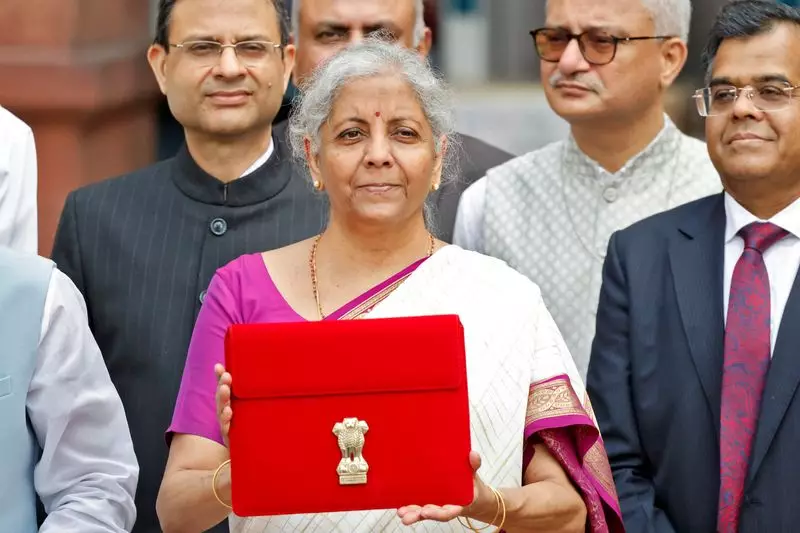India recently unveiled its budget for the fiscal year 2024-25, striking a delicate balance between increasing spending on job creation and rural development while simultaneously narrowing the fiscal deficit. This budget comes on the heels of a recent election setback for Prime Minister Narendra Modi’s Bharatiya Janata Party (BJP), highlighting the pressing need for addressing distress in rural areas and the weak job market.
Finance Minister Nirmala Sitharaman announced a strategic allocation of resources, with $24 billion earmarked for job-spurring efforts over the next five years and $32 billion dedicated to rural development in the current year alone. This allocation reflects a conscious effort to address the underlying issues that contributed to the BJP’s electoral setback, such as unemployment and agrarian distress. Analysts have praised the budget for successfully balancing the need for job creation, rural development, and infrastructure spending while ensuring fiscal prudence.
The government has set a target to reduce the fiscal deficit to 4.9% of GDP by 2024-25, lower than the 5.1% projected in the previous interim budget. This reduction is expected to be achieved through a combination of increased revenue from taxes on equity investments and derivative trading, as well as prudent management of government spending. The government’s decision to reduce its gross market borrowing and leverage a surplus from the central bank has also helped in narrowing the fiscal deficit.
Amid concerns about rising unemployment rates, especially in urban areas, the budget includes several measures to boost employment. Incentives for companies, particularly those in the manufacturing sector, along with skill development programs and access to affordable loans for higher education, are aimed at creating more job opportunities. The focus on infrastructure projects and long-term loans to states for funding further underscores the government’s commitment to job creation and economic growth.
One of the notable changes in the budget is the increase in taxes on equity investments and equity derivative transactions. The tax rate for short-term equity investments has been raised to 20% from 15%, while the rate for long-term investments has increased to 12.5% from 10%. These tax adjustments are expected to promote rationality in options trading and encourage longer-term investing behavior among market participants.
The announcement of tax reforms had an immediate impact on the financial markets, with Indian shares and the rupee declining following the news. Consumer stocks, however, experienced a significant increase, reaching a record high. The NSE Nifty 50 and S&P BSE Sensex benchmarks saw a slight decline, while the rupee depreciated against the U.S. dollar on concerns of foreign outflows. Despite the market reaction, bond yields remained stable, indicating investor confidence in the government’s fiscal policies.
India’s budget for 2024-25 reflects a nuanced approach to addressing economic challenges while maintaining a focus on sustainable growth and fiscal discipline. The government’s emphasis on job creation, rural development, and tax reforms is expected to drive economic recovery and stimulate long-term investments. As the country navigates through uncertain times, the budget represents a step in the right direction towards achieving inclusive and sustainable development.

